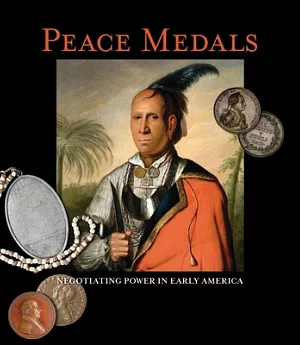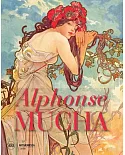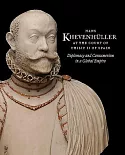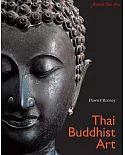��eace and Friendship.��This noble phrase, emblazoned on the back of silver peace medals given by American presidents to chiefs of important tribes in the eighteenth and nineteenth centuries,
is also a glorified representation of the real interactions between the American or European governments and Native American tribes. Peace Medals: Negotiating Power in Early America
presents stories of people and events behind the medals, offering insight into the symbolic value of medals from colonial and tribal perspectives spanning several generations up to the
present day.
The peace medals themselves are beautiful examples of medallic artistry, but their real importance is in their historical significance. Consisting of eight articles written from a
multidisciplinary approach, Peace Medals focuses on the history and significance of the medals, the traditions they represent, and the individuals involved.
The contributors, including numismatic historians, anthropologists, archaeologists, and museum curators, explore how the American government used the medals in negotiations with powerful
chiefs to secure trading partnerships and political allegiance against European colonial powers, and also discusses British, French, and Spanish medals as part of European negotiating
strategies to create Indian allies on the American continent. The origin of peace medals and their synchrony with tribal traditions demonstrate how these high-status emblems evolved, while an
examination of medals in a contemporary context reveals their continuing historical importance.
Peace Medals is richly illustrated with paintings and historical photographs that depict rarely seen images of British, French, and Spanish medals in addition to a selection of
American medals. Taken together, the articles provide an expansive view of medallic artistry from the eighteenth to the twentieth century and offer new insights into their history. Most of
the images are from the extraordinary collections of the Gilcrease Museum.





















